Different Types of Severe Weather
Click on the tabs to learn more about some of the most common types of severe weather observed across the United States.
Winter Storms
A winter storm is an event in which the main types of precipitation are snow, sleet, and freezing rain. Blizzards are one form of winter storms that are a combination of blowing snow and strong winds that can reduce visibilities. Ice storms cause accumulating ice on surfaces that can create hazardous driving conditions, and tree branches and powerlines can snap under the weight of the ice. Another type of winter storm is a Nor’easter, which affects the Mid-Atlantic and New England States in late fall and winter, with strong northeasterly winds that blow in from the ocean ahead of the storm.
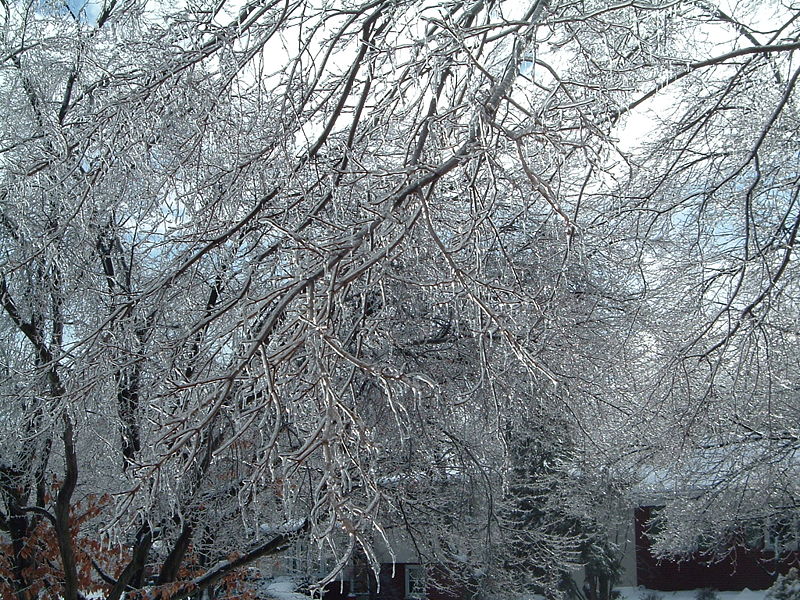
Image Source: Analogue Kid/wikimedia.org
Thunderstorms and Lightning
Thunderstorms form from the combination of moisture, rising unstable air, and lift and are most commonly found in the tropics and subtropics. Lightning is a static-electric discharge in the atmosphere. This discharge can happen within the clouds, or between the clouds and the ground. Lightning can heat the air to 30,000°C, which causes the air around it to expand explosively, and the shock wave becomes a sound wave called thunder.
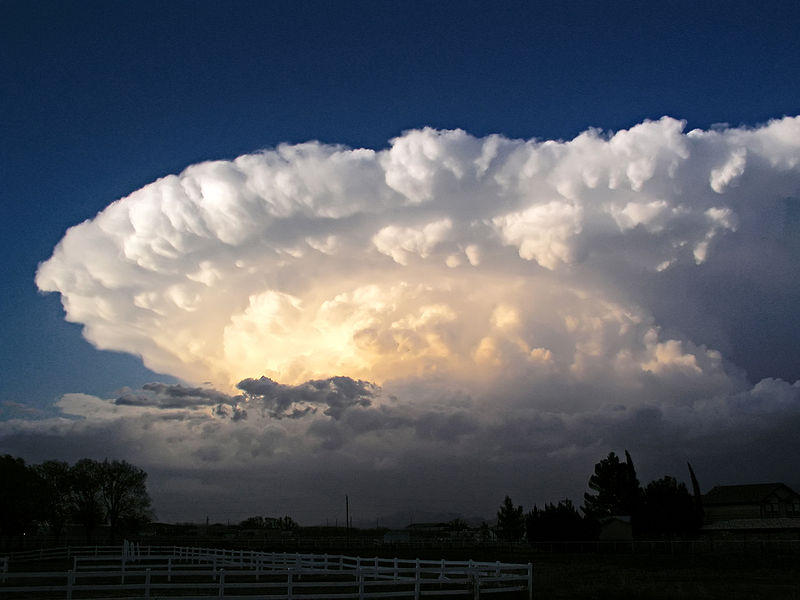
Image Source: Greg Lundeen/wikimedia.org
Floods
Floods are one of the most common hazards across the United States. A flash flood is a flood that occurs within six hours, or less, of heavy or excessive rainfall, a dam or levee failure or water released from an ice jam. The heavy rain can be produced by a severe thunderstorm, hurricane or tropical storm. The water from melting ice and snow can contribute to flash flood events during the spring. The topography of an area can also enhance the flood risk.
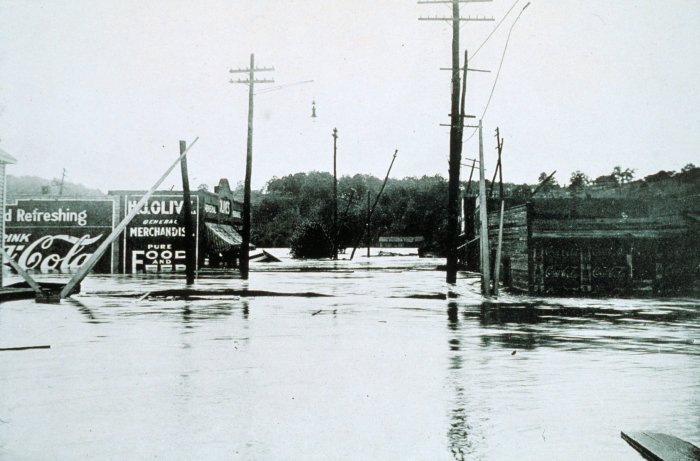
Image Source: Steve Nicklas/wikimedia.org
Tornadoes
Tornadoes are violently rotating columns of air that descend from thunderstorms and make contact with the ground. Typically, tornadoes only last a few moments, but some have lasted more than an hour and can travel great distances. Not every thunderstorm can spawn a tornado. It takes an extremely powerful storm to produce one. Tornadoes can happen anywhere, regardless of the terrain.
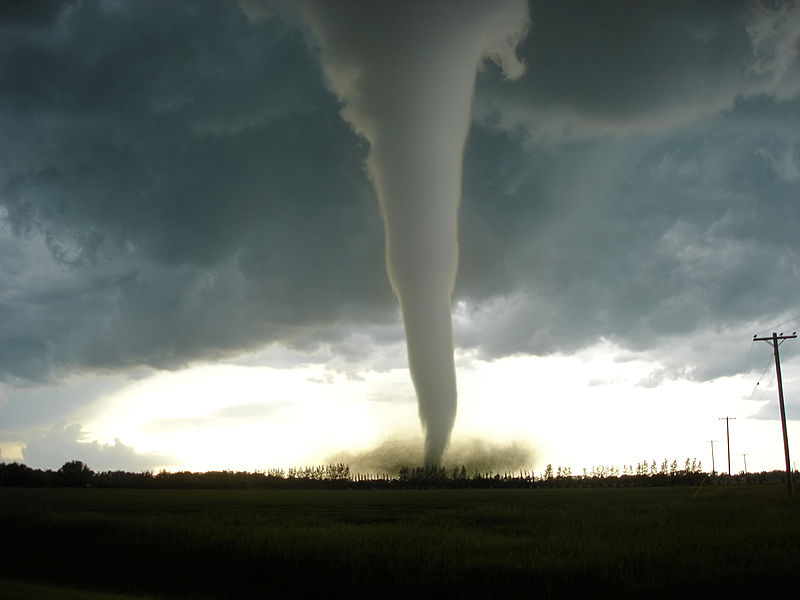
Image Source: Justin Hobson/wikimedia.org
Hurricanes
Hurricanes are intense tropical storms with powerful winds. The same storms in the Pacific Ocean are called typhoons. Hurricanes form over warm waters, where surface winds converge, and the winds aloft are weak. They get energy from the warm waters and from the latent heat released as water vapor condenses into clouds. A hurricane can dissipate rapidly when it moves over colder water or a large land mass.
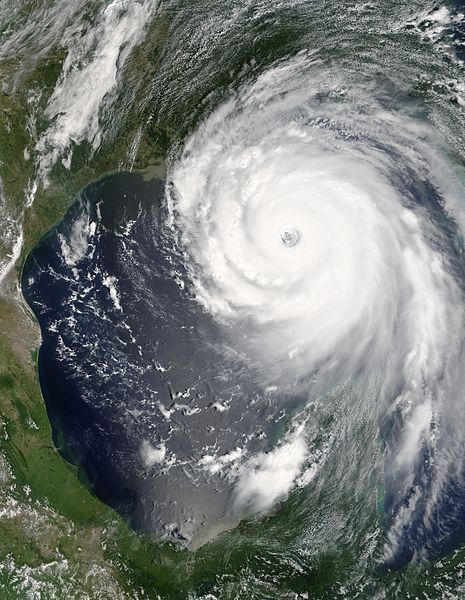
Image Source: Jeff Schmaltz/wikimedia.org